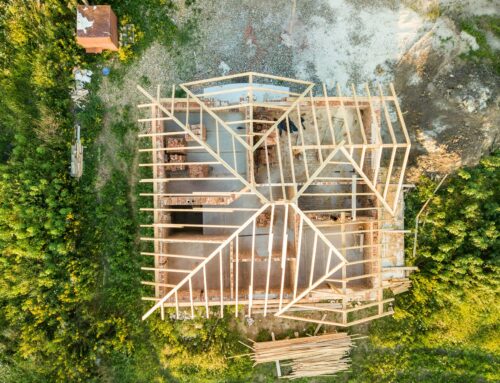Trees are essential components of our environment. They provide shade, improve air quality, and add aesthetic value to our homes and communities. However, trees can die due to various factors, such as disease, pest infestation, or environmental stressors. It is crucial to determine whether a tree is dead or dormant to avoid unnecessary expenses and potential hazards. In this article, we will discuss tests to determine if your tree is dead or dormant.
Visual Inspection
The first step in determining whether a tree is dead or dormant is through visual inspection. Observe the tree’s canopy for signs of life. Live trees have leaves that are green or have a tinge of red, depending on the tree species. Dead trees, on the other hand, have brown or black leaves that are brittle and fall off easily. If the tree has no leaves, examine the branches and twigs. Live branches are flexible and have a green layer under the bark. In contrast, dead branches are dry, brittle, and break easily.
Scratch Test
The scratch test is another way to determine if a tree is dead or dormant. Using a small knife or your fingernail, scratch the bark’s surface gently. Live trees have a green layer under the bark, indicating that there is still sap flowing through the tree. On the other hand, dead trees have a brown or grey layer under the bark, indicating that the tree is no longer receiving nutrients.
Bend Test
The bend test is an effective way to determine if a tree is dead or dormant. Choose a small branch from the tree and bend it until it snaps. Live branches are flexible and will bend without breaking. Dead branches, on the other hand, will snap easily, indicating that they are dry and brittle.
Tug Test
The tug test is another way to determine if a tree is dead or dormant. Choose a small branch and tug it gently. Live branches will resist the tug, indicating that they are still attached to the tree. In contrast, dead branches will come off easily, indicating that they are dry and no longer attached to the tree.
Tree Trunk Inspection
It is also essential to inspect the tree trunk to determine if a tree is dead or dormant. A live tree has a firm and solid trunk, while a dead tree has a hollow and brittle trunk. Use a small tool or your fingers to tap the trunk gently. A live tree will produce a hollow, resonant sound, while a dead tree will produce a dull thud.
Soil and Roots Inspection
Finally, inspect the soil and roots to determine if a tree is dead or dormant. Live trees have moist and healthy roots that are firmly planted in the soil. In contrast, dead trees have dry and brittle roots that are no longer attached to the soil. Dig a small hole around the base of the tree and check the roots’ health. If the roots are dry and brittle, the tree is most likely dead.
Conclusion
Trees are valuable components of our environment, and it is essential to determine whether a tree is dead or dormant. Visual inspection, scratch test, bend test, tug test, trunk inspection, and soil and roots inspection are effective ways to determine a tree’s health. It is crucial to address the issue promptly to avoid potential hazards and unnecessary expenses. If you are unsure about a tree’s health, contact a professional arborist to assess the tree’s condition and recommend appropriate action.
Don’t risk the safety of your property and loved ones with hazardous trees. Contact JNP Tree Removal, LLC today for reliable and professional tree service in Bridgeport, CT. With over 8 years of experience, our insured and licensed team will ensure a safe and clean removal of any hazardous, dead, or fallen trees.




